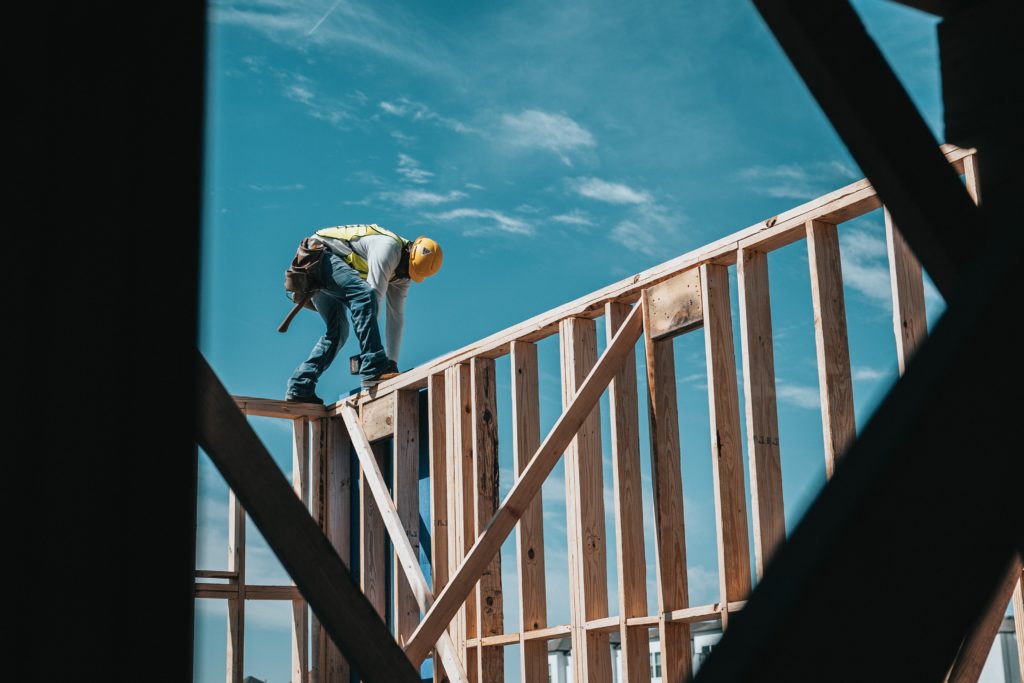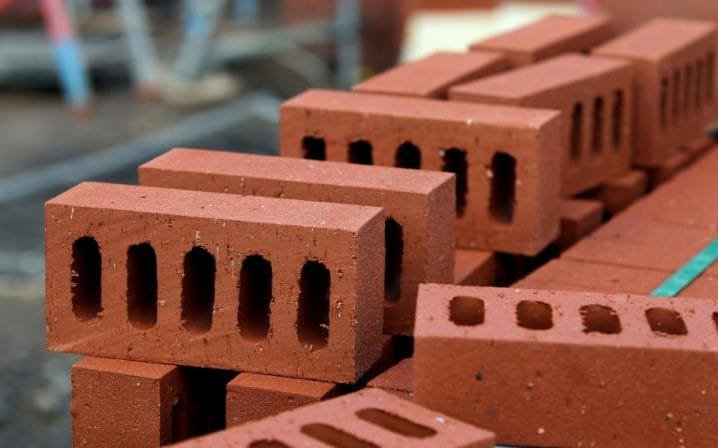We have always called for the housing industry to not be dominated by the large / mega-scaled housebuilders like Taylor Wimpey, Barratts and Persimmon.

The housing crash of 2008 devastated the small and medium sized housebuilding sector resulting in today just 26% of new homes being built by this part of the housebuilding industry as opposed to 44% in 2008. The national housebuilders effectively have a stranglehold on housebuilding and a control on the speed of which housing is delivered. It is common knowledge and by their admittance they drip-feed the market to maintain demand and thus maximise price.
National Housebuilders are just that, national but are rarely embedded in local communities and as the saying goes they “Borrow, Build and Bugger Off”. With local builders, there is more likely to be local pride and the old saying that “you don’t sh*t on your own doorstep” is perhaps no more apt than when considering the potential advantages of local builders contributing to their locale.
How much longer are we going to hear about a shortage of homes causing unaffordability for the clear majority of young people who would like to own a home, causing serious problems (including forcing families into poverty) with those that wish or are forced to rent? We are also going to need social housing providers to be able to compete with the economically powerful national housebuilders if in this year when Shelter is celebrating its 50th anniversary, we are able to start to tackle the horrific stats from the YouGov poll that shows over 50% of people struggle to pay their rent and that 32% of people have had to cut back on winter essentials such as heating or clothing.
We must build more homes and whilst the problem is a complex one there are things that government can do and nothing is simpler than creating an un-level playing field that favours local, small and medium sized businesses. It is a policy that would be hard to criticise and answers the public demand for less domination by the “big boys”.

One relatively easy way to start would be to place a maximum number of homes that could be built / delivered by one developer on a site / in a geographical area. I know from experience (and have been involved in bids) where national housebuilders bust a gut to win some of the large sites that become available are on old military / NHS /and other erstwhile publicly owned sites. Once they win sites that can produce 500/ 750 / 1000 homes they rub their hands with glee as they plan to deliver between 0.75 and 1 home a week to keep the market hungry and thus the prices high. They will argue that there are skills shortages but the shortages are not severe enough to restrict this low level of delivery.
Imagine, if, like in most northern European countries, a site of 750 or so homes was split with say 3 large developers having 150 each (and don’t let them say that this number is uneconomic for them because national housebuilders are delivering sites of 100 or 50 or even less all around the UK), then the balance was split between half a dozen or so SME builders and they were given the remit to all try and start to break ground around the same time then the speed of housebuilding would rise exponentially and equally as importantly there would be increased competition and choice. We could reasonably expect lower prices, higher quality design and finishes, better customer services and diversity.
The SME sector would not be able to respond overnight but by demonstrating that SMEs are being encouraged they would indeed be encouraged to step forward, new businesses would be created and old businesses resurrected.